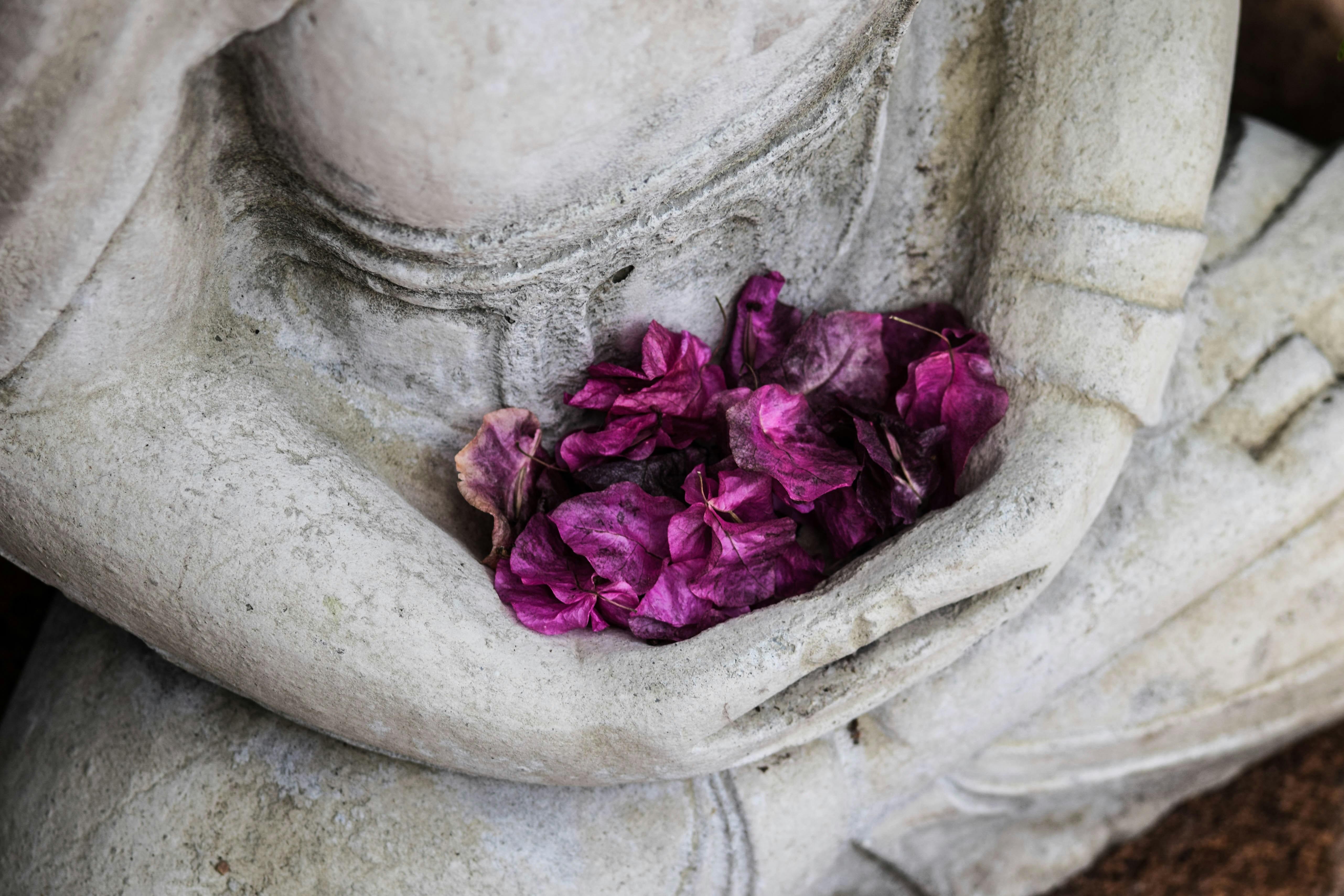In the bustling tapestry of modern life, where the clamor of daily demands often drowns out the whispers of inner peace, many seek solace in the ancient practice of meditation. Yet, as diverse as the paths to tranquility are, a curious question emerges from the shadows: can visualization, a technique often associated with manifesting desires and goals, be considered a form of meditation? This intriguing intersection of imagination and mindfulness beckons us to explore the nuanced landscapes of the mind, where the power of vivid imagery meets the serene stillness of meditation. In this article, we embark on a journey to unravel the threads that weave visualization into the fabric of meditative practices, examining whether this fusion holds the key to unlocking deeper realms of consciousness. Meditation for Social Anxiety”>Visualization and Meditation”>
Meditation for Social Anxiety”>Visualization and Meditation”>
Exploring the Intersection of Visualization and Meditation
In the vast landscape of mindfulness practices, the concept of visualization often dances gracefully alongside meditation, creating a harmonious blend of mental imagery and focused awareness. Visualization involves the intentional creation of mental images, where individuals conjure scenes, scenarios, or symbols in their mind’s eye. This practice is widely used for goal setting, relaxation, and even healing. Meditation, on the other hand, is traditionally rooted in the practice of focused attention and deep contemplation, aiming to transcend ordinary thought patterns and achieve a state of heightened awareness. The intersection of these two practices raises intriguing questions about their compatibility and potential synergy.
At the core of both visualization and meditation lies a commitment to mindfulness and intention. This shared foundation suggests that visualization can indeed be woven into meditative practices. Consider the following ways in which they can intersect:
- Guided Imagery: Often used in meditation sessions, this technique leads individuals through a series of mental images to promote relaxation and emotional well-being.
- Manifestation Practices: By visualizing desired outcomes during meditation, practitioners harness the power of intention to potentially influence their reality.
- Emotional Healing: Visualization can aid in processing emotions by imagining scenarios of forgiveness or release during meditative states.
While visualization might not fit the traditional mold of meditation, its integration into meditative practices offers a unique avenue for personal growth and transformation.
The Science Behind Visualization as a Meditative Practice
At the intersection of mind and matter lies a fascinating process where the brain becomes both a canvas and an artist. Visualization taps into the power of the mind’s eye, transforming abstract thoughts into vivid mental images. This practice engages multiple brain regions, particularly the prefrontal cortex and parietal lobes, which are responsible for planning, attention, and spatial awareness. By simulating sensory experiences without external stimuli, visualization enhances neural pathways, much like physical exercise strengthens muscles. This activity not only enhances cognitive functions but also fosters a deep sense of presence, mirroring the core principles of traditional meditation.
- Mindfulness: Visualization encourages a state of focused attention, similar to mindfulness meditation.
- Stress Reduction: Engaging the imagination can lower cortisol levels, promoting relaxation.
- Neuroplasticity: Regular practice can rewire the brain, fostering resilience and adaptability.
As one immerses in this practice, the boundaries between imagination and reality blur, offering a serene escape into the mind’s limitless possibilities. Visualization, with its roots in ancient practices and modern psychology, stands as a testament to the profound connection between thought and experience.

Practical Techniques for Integrating Visualization into Meditation
Visualization can be seamlessly woven into meditation practice by employing several practical techniques. Start by creating a quiet and comfortable space where you can focus without distractions. Close your eyes and take a few deep breaths to center yourself. As you settle into a relaxed state, visualize a scene that evokes tranquility—perhaps a serene beach, a lush forest, or a peaceful garden. Engage all your senses in this mental image: feel the warmth of the sun, hear the gentle rustle of leaves, and breathe in the fresh air.
To enhance this experience, consider incorporating these elements into your routine:
- Guided Imagery: Use audio guides or apps that provide structured visualization prompts to lead your journey.
- Symbolic Visualization: Picture symbols that represent personal goals or emotions, allowing them to evolve in your mind’s eye.
- Color Meditation: Focus on specific colors that resonate with your emotional state, visualizing them enveloping your entire being.
- Breath Visualization: Synchronize your breath with imagery, such as imagining inhaling light and exhaling tension.
Integrating these techniques can transform your meditation practice, allowing visualization to become a powerful tool for mindfulness and inner peace.

Expert Recommendations for Enhancing Your Mindfulness Routine
Incorporating visualization into your mindfulness practice can significantly enhance its effectiveness. Experts suggest starting with guided imagery, where you can follow a recorded session that leads you through a mental journey. This technique is particularly beneficial for beginners who might find it challenging to visualize on their own. Additionally, consider setting aside a specific time each day to practice, ensuring it becomes a consistent part of your routine. Consistency is key to seeing the benefits over time.
- Create a dedicated space: Designate a peaceful corner in your home as your mindfulness sanctuary. This environment will help you associate the space with tranquility and focus.
- Use sensory aids: Incorporate elements such as soothing music or scented candles to enhance your visualization experience.
- Set intentions: Before each session, clearly define what you hope to achieve, whether it’s relaxation, clarity, or emotional release.
By experimenting with these expert suggestions, you can tailor your mindfulness routine to better suit your personal needs and preferences, ultimately leading to a more fulfilling practice.
The Conclusion
As we draw the curtains on our exploration of whether visualization can be considered meditation, it becomes evident that the boundaries between these practices are both fluid and distinct. Like two rivers that occasionally converge, they each offer unique pathways to inner peace and self-discovery. Visualization, with its vivid imagery and goal-oriented focus, invites the mind to dream and manifest, while meditation, in its myriad forms, encourages stillness and the gentle embrace of the present moment. Whether one chooses to walk the path of visualization, meditation, or a harmonious blend of both, the journey is deeply personal and profoundly transformative. the quest for mindfulness and tranquility is not about the labels we assign, but about the inner landscapes we cultivate. As we continue to navigate this intricate tapestry of consciousness, may we remain open to the possibilities that both practices present, allowing them to guide us toward a deeper understanding of ourselves and the world around us.
